Take a Trip on the Myrtle Avenue El (Photos)
The Myrtle Avenue El may have closed to riders almost 50 years ago but a treasure trove of images by Brooklyn native Patrick Cullinan provides a glimpse into the daily commute along the vanished line.

Myrtle Avenue El, 1969. Photo by Patrick Cullinan.
The Myrtle Avenue El may have closed to riders almost 50 years ago but a treasure trove of images by Brooklyn native Patrick Cullinan provides a glimpse into the daily commute along the vanished line.
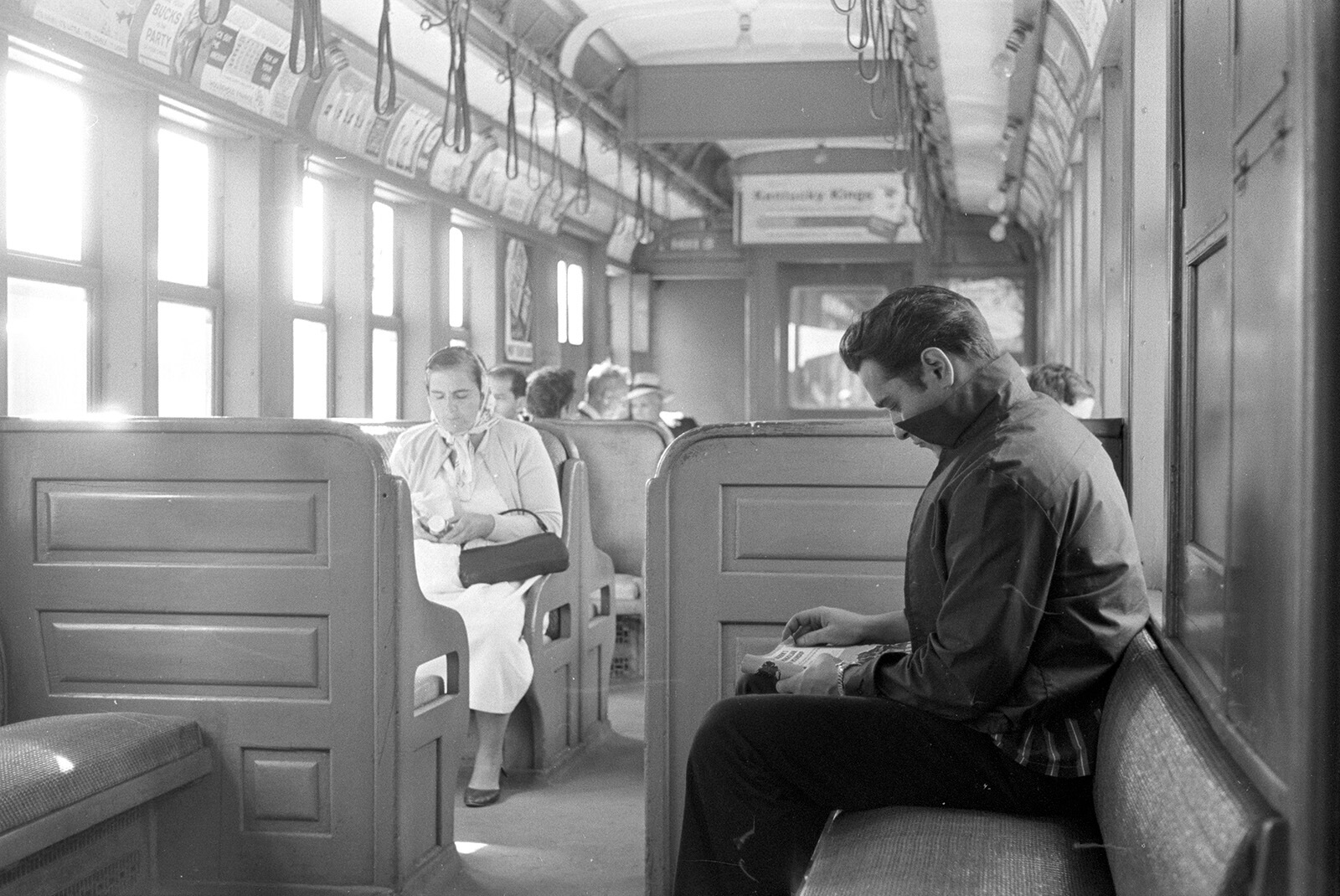
Cullinan picked up his camera during his student days, commuting on the El to Bishop Loughlin Memorial High School from 1956 to 1960. His black-and white-shots document his travels along the then more than 70-year-old line to his Vanderbilt Station destination.
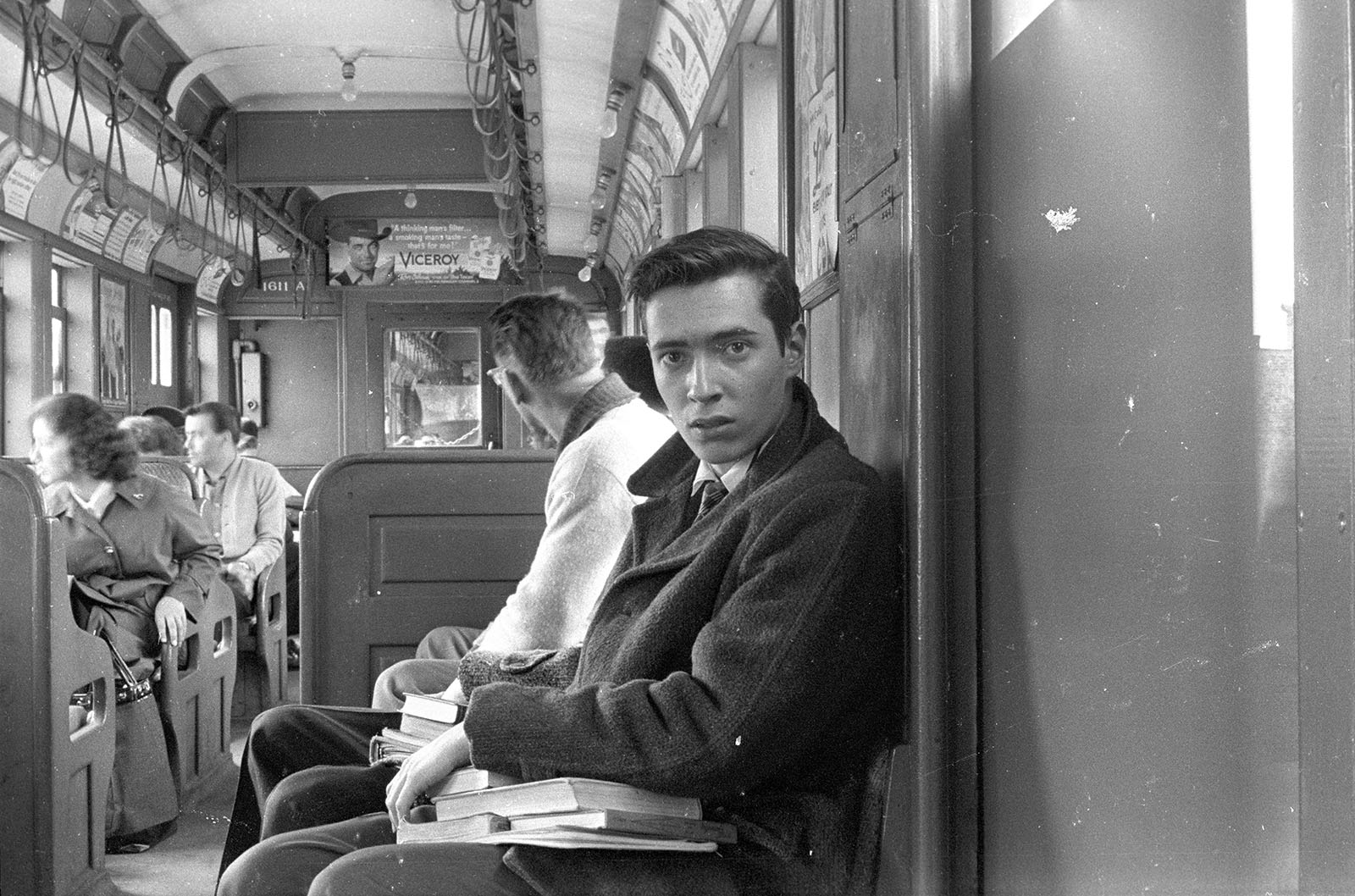
First opened in 1888, the Myrtle Avenue El was operated by the Brooklyn Rapid Transit line and brought passengers over the Brooklyn Bridge, through Downtown Brooklyn and northeastward through Fort Greene, Clinton Hill, Bedford Stuyvesant and Bushwick before terminating in Queens. Service over the Brooklyn Bridge ended in the 1940s.
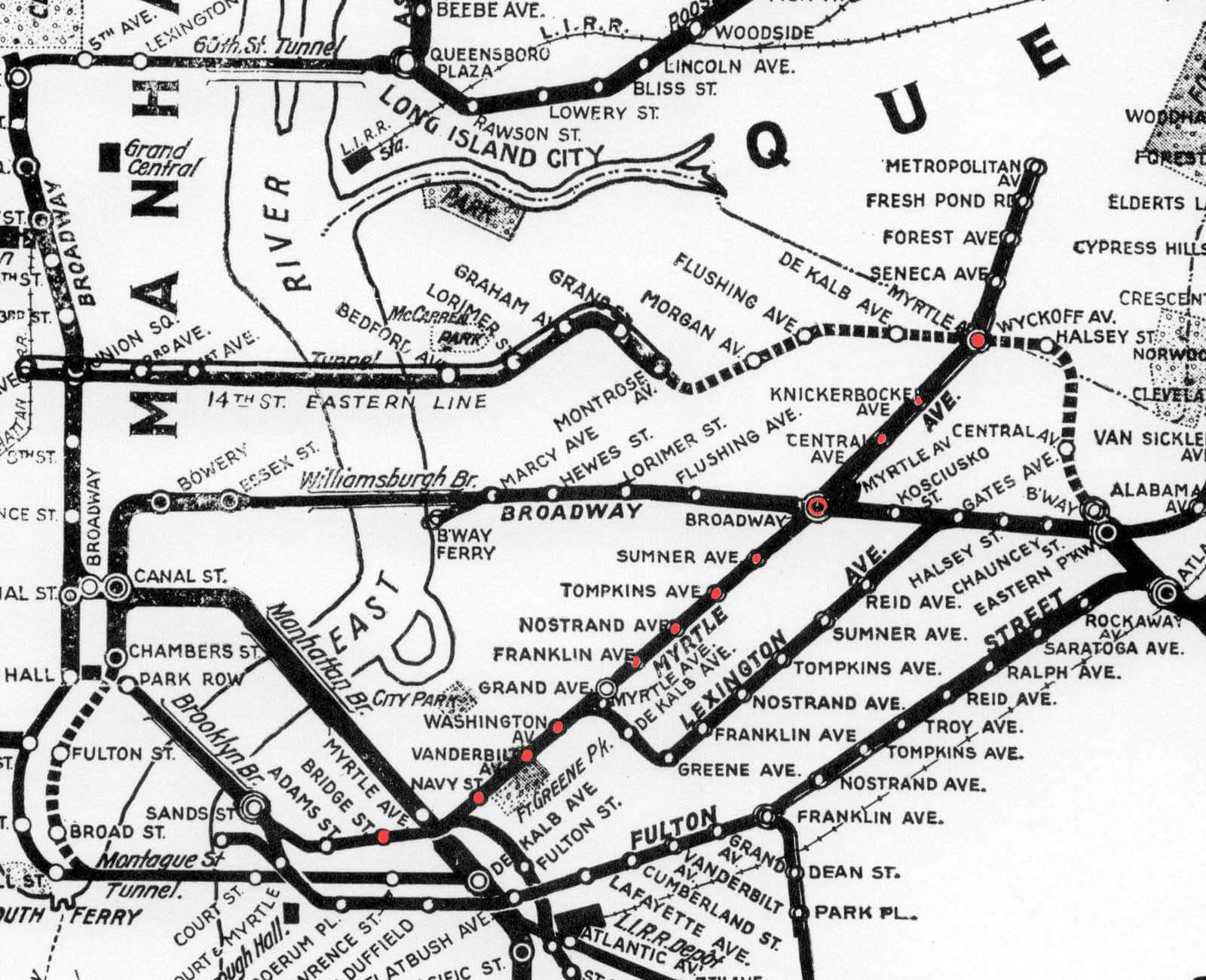
When the El was scheduled to be shut down in October of 1969 and then demolished, Cullinan took up his camera to document the last days of the line, photographing each station along the way.
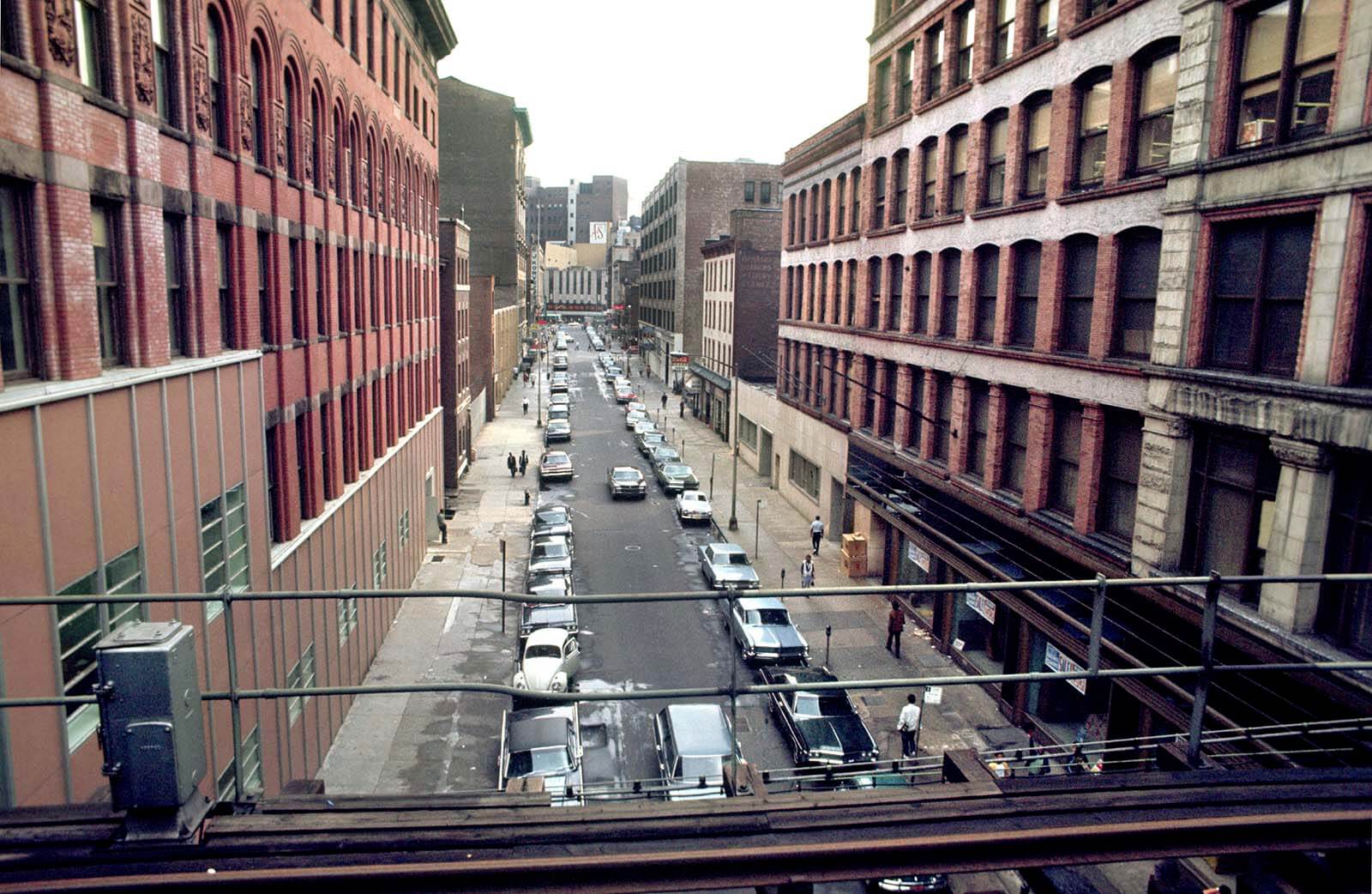
A view from the wester terminus of the line. With the closing of Brooklyn Bridge access in the 1940s, the start of the line became the Bridge or Bridge-Jay Street Station.
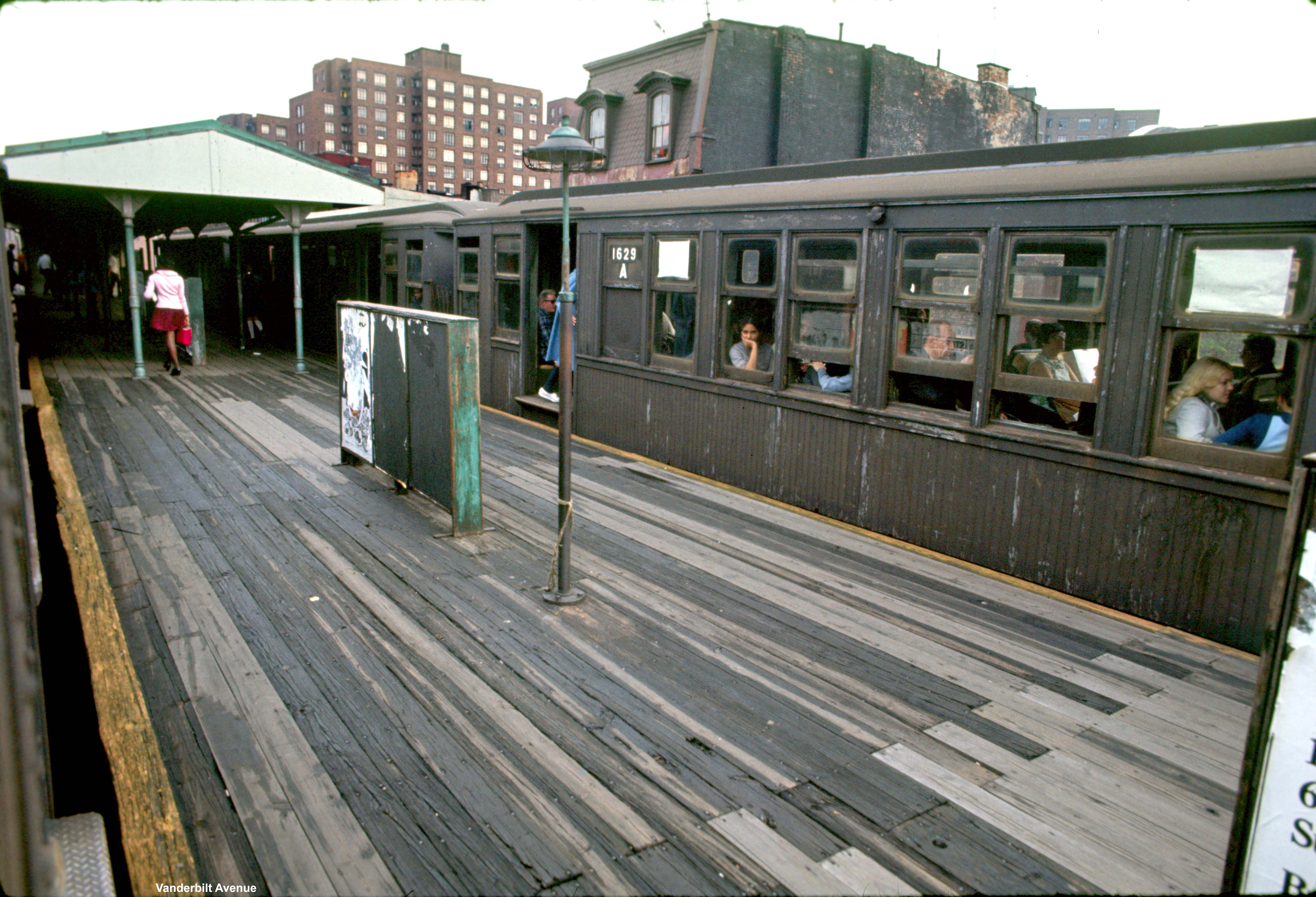
A train heads out of the Vanderbilt Avenue station.
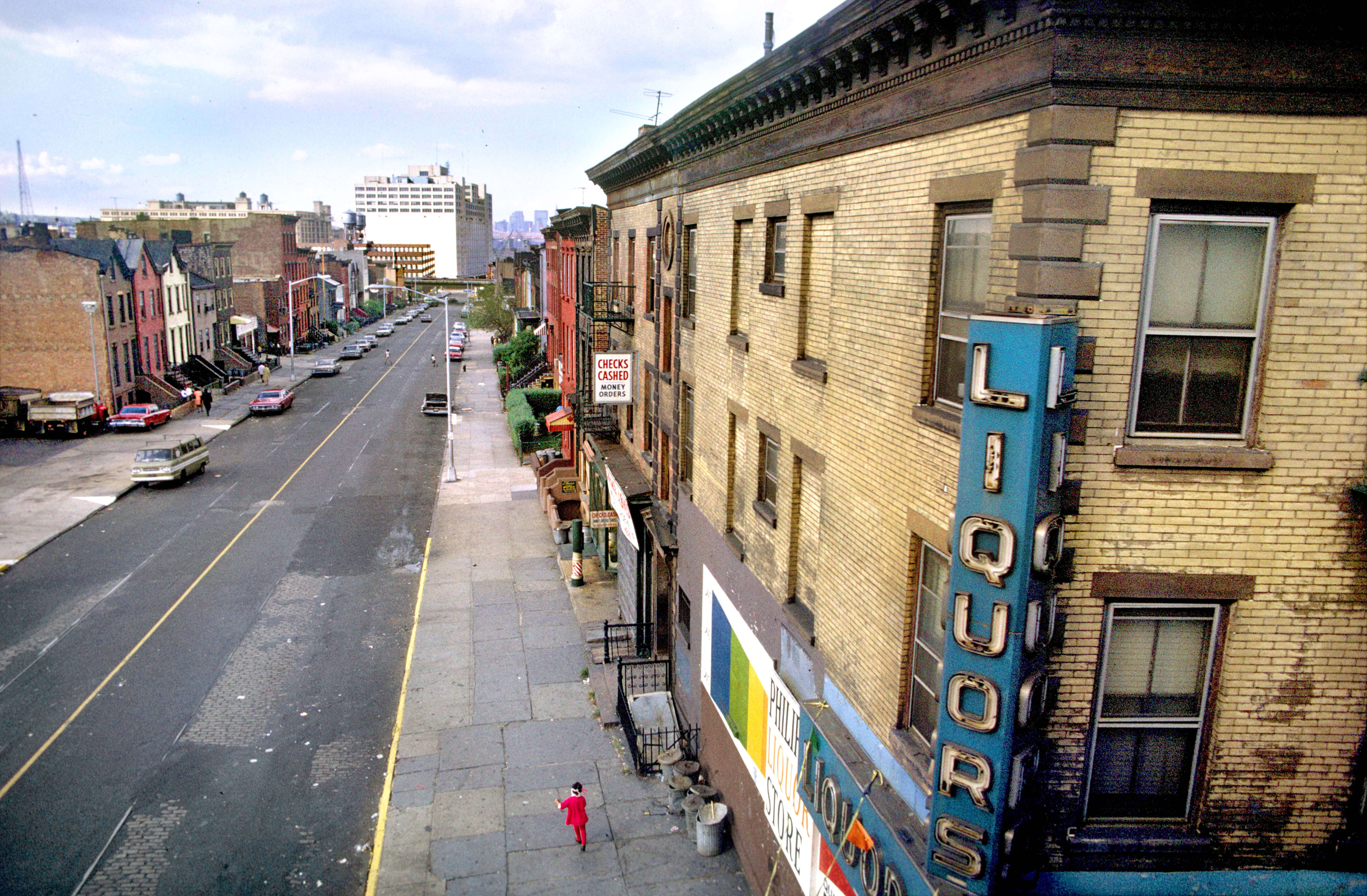
Cullinan turned his camera to the neighborhoods viewable from the El as well, documenting Brooklyn street life in the 1960s. Here is a view looking north from the Vanderbilt Avenue stop.
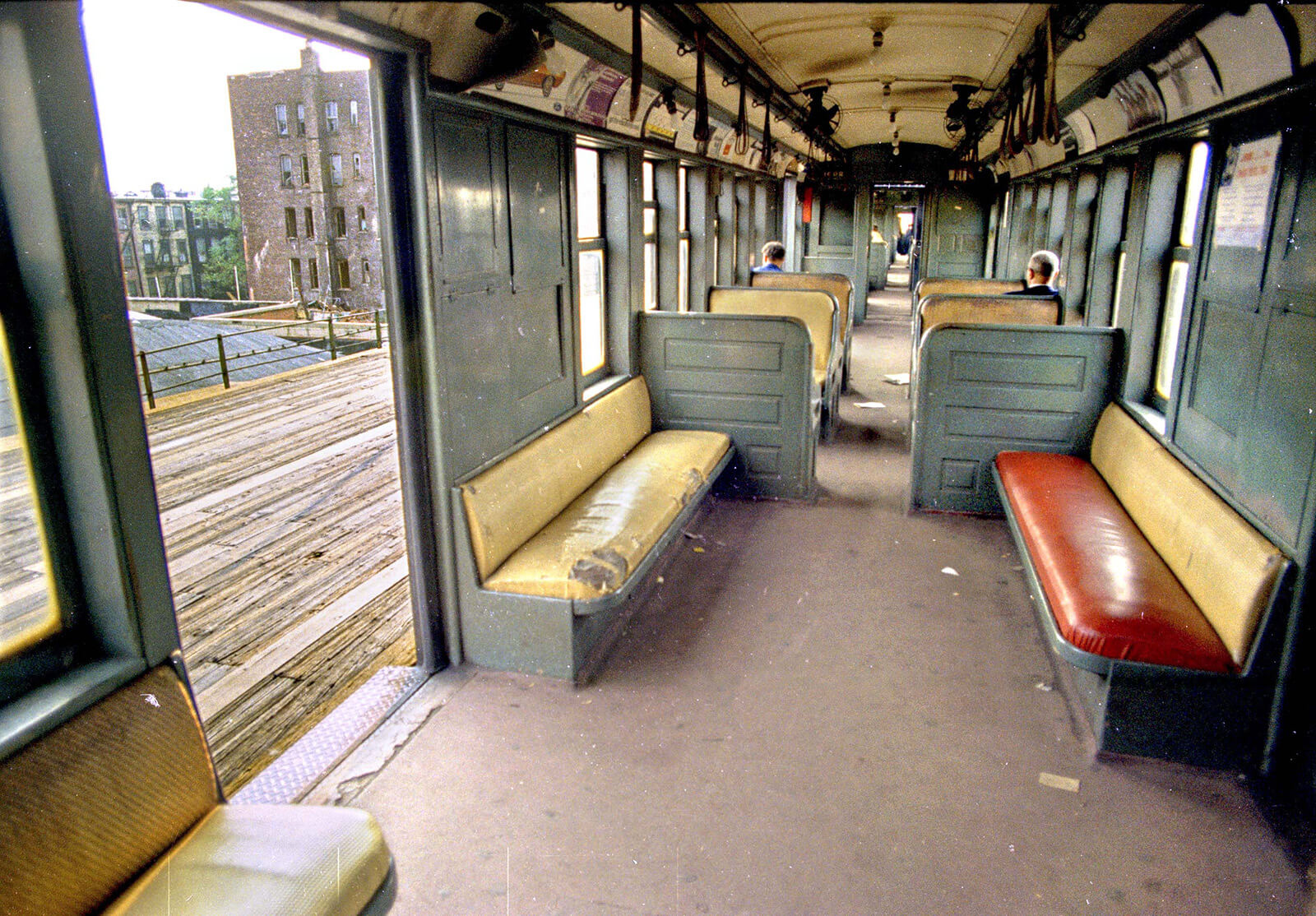
The elevated lines could not support the weight of modern subway cars so the open-platform cars remained in use through the 1960s. While you can’t travel on the Myrtle Avenue El, the New York Transit Museum still operates one of the cars that operated on the line as part of its vintage car fleet.
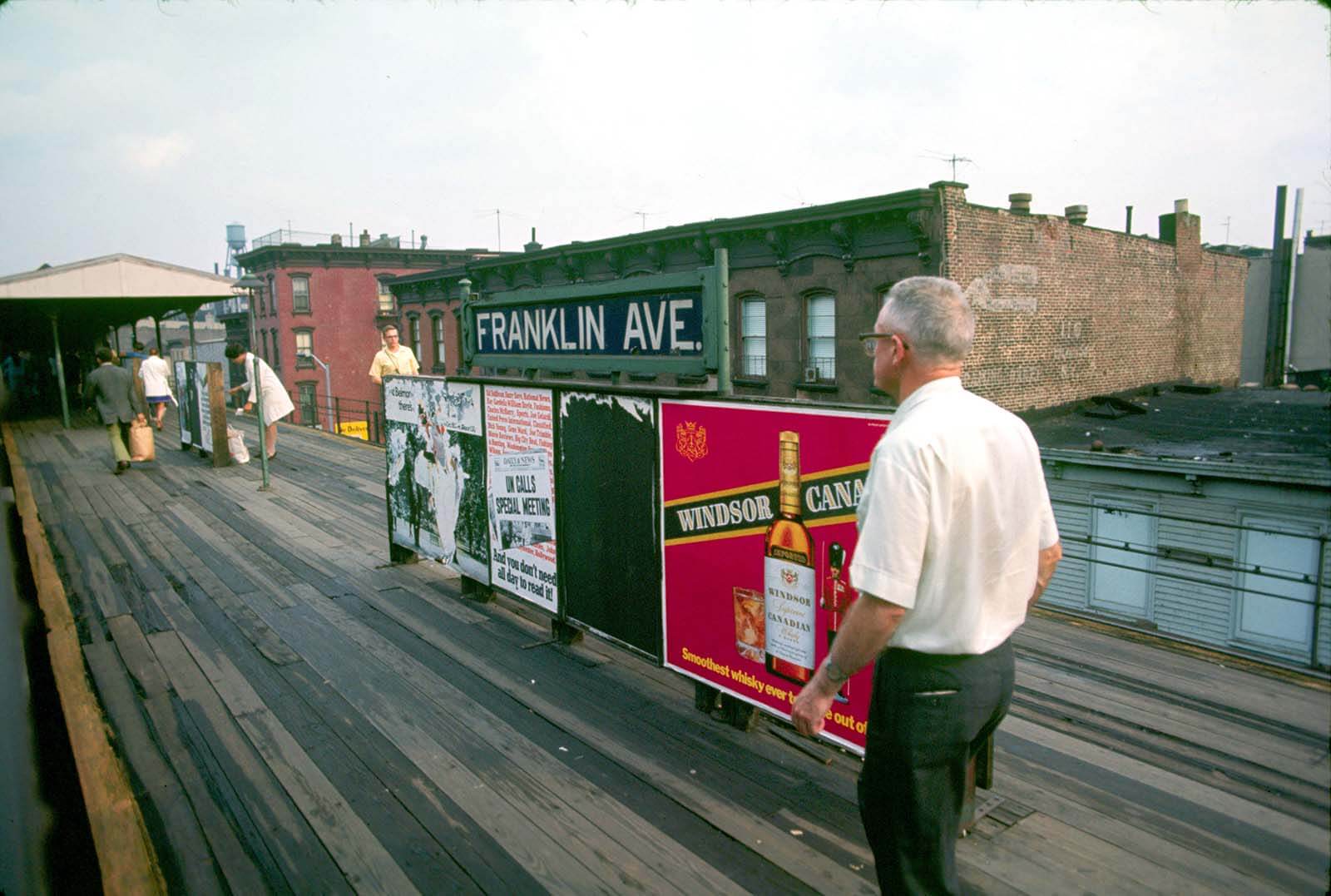
Commuters at the Franklin Avenue stop — the photographs document 1960s advertising and fashion as well.
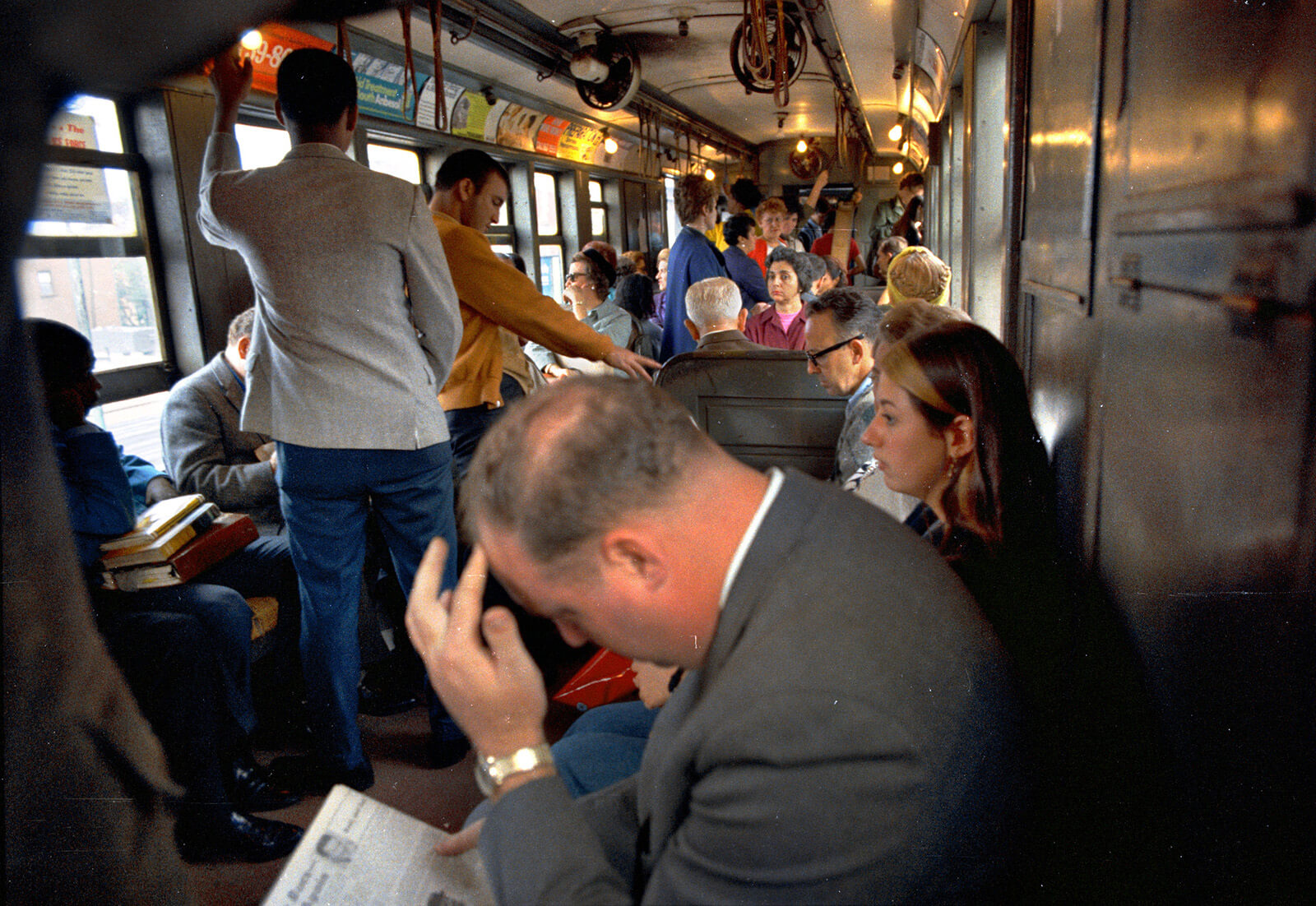
Weary commuters perhaps haven’t changed too much — the camera records blank looks and passengers avoiding eye contact except for the occasional rider staring down the photographer.
[Photos by Patrick Cullinan]
Related Stories
- Demolished, Abandoned or Repurposed: Remembering Brooklyn’s Lost Subway Stations
- A Sandhog Recalls Being Shot Out of a Brooklyn Heights Subway Tunnel
- Cocaine Break-ins and Broadway Strolls: The Life of a 1960s Brooklyn Pharmacist
Email tips@brownstoner.com with further comments, questions or tips. Follow Brownstoner on Twitter and Instagram, and like us on Facebook.









What's Your Take? Leave a Comment